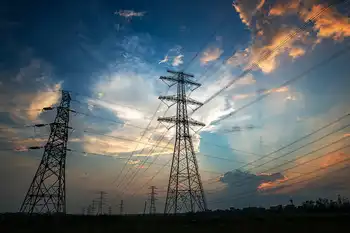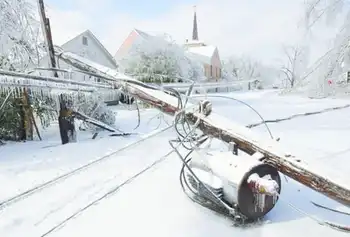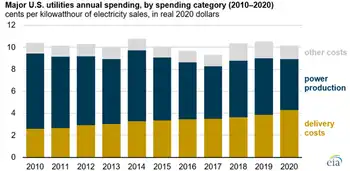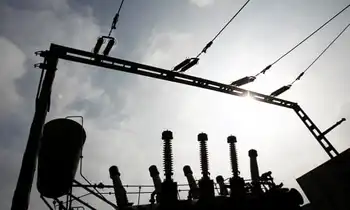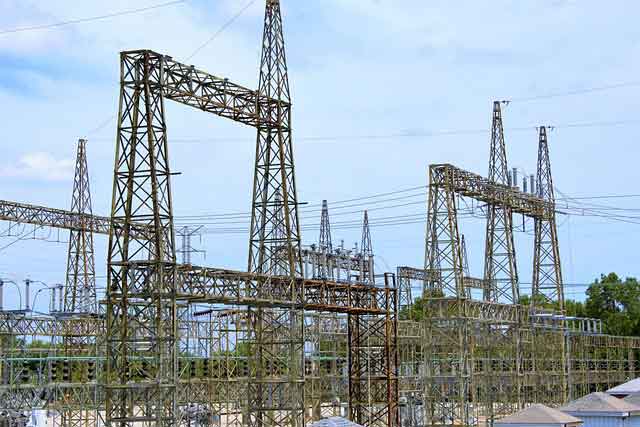Disaster plan problems found at U.S. plants
By New York Times
Substation Relay Protection Training
Our customized live online or in‑person group training can be delivered to your staff at your location.

- Live Online
- 12 hours Instructor-led
- Group Training Available
NRC employees said the agency had insufficiently weighed two factors found in the crisis at Japan's Fukushima Daiichi plant.
In addition, the staff of the Nuclear Regulatory Commission acknowledged that the agencyÂ’s current regulations and disaster plans did not give enough consideration to two factors that had greatly contributed to the continuing Fukushima Daiichi crisis in Japan: simultaneous problems at more than one reactor and a natural disaster that disrupts roads, electricity and other infrastructure surrounding a plant.
The briefing was part of a review requested by the commissioners to evaluate the vulnerability of American reactors to severe natural disasters like the ones that hit the Japanese plant in March.
Marty Virgilio, the deputy executive director of the agency, told the five commissioners that inspectors checked a sample of equipment at all 104 reactors and found problems at less than a third of them. The problems included pumps that would not start or, if they did, did not put out the required amount of water equipment that was supposed to be set aside for emergencies but was being used in other parts of the plants emergency equipment that would be needed in case of flood stored in places that could be flooded and insufficient diesel on hand to run backup systems.
Many of the emergency systems were put in place after the Sept. 11, 2001, terrorist attacks.
Officials said the problems that had been found were addressed immediately but not everything had been inspected. Mr. Virgilio said he expected to have a fuller picture soon.
He said an entire category of new procedures, called “severe accident mitigation guidelines,” had been adopted voluntarily by the nuclear industry and thus was not subject to commission rules.
R. William Borchardt, the commission’s chief staff official, said some of the preparations for severe accidents “don’t have the same kind of regulatory pedigree” as the equipment in the original plant design.
The two-hour briefing given to the five-member commission was an early assessment, 30 days into a 90-day review being conducted by an NRC task force.
Charlie Miller, the staff member leading the effort, said the staff was considering “enhancements” to its disaster plans and procedures. But as laid out by the staff, some of the changes under consideration could be far-reaching.
For example, the NRC now looks at how well a plantÂ’s design can handle a problem at just one reactor, even if there is more than one reactor at the site.
“You have to take a step back and consider what would happen if you had multiple units affected by some ‘beyond design basis’ events,” Mr. Miller said.
Another problem, staff members acknowledged, is that they have never paid much attention to the issues posed by handling an emergency when there is widespread damage to surrounding roads, power systems and communications links. In the past, the commission has explicitly rejected the notion that it should consider such combined events when reviewing a plantÂ’s safety preparations.
Simultaneous with the commissionÂ’s meeting, Representative Edward J. Markey, a Massachusetts Democrat, released a report arguing that a variety of other shortcomings existed at nuclear plants, including the frequent failure of emergency diesel generators, which are essential to plant safety if the power grid goes down. He also criticized the commission for not requiring plants to have a backup power source for spent fuel pools while the reactor is shut for maintenance or refueling.
The Fukushima accident has cast new attention on spent fuel pools the reason the United States government recommended that Americans stay 50 miles from the plant was damage to the spent fuel pool of FukushimaÂ’s Unit 4, a reactor that was shut down before the March 11 earthquake and tsunami.
Mr. Markey pointed out that in the last eight years, the commission had received 69 reports of inoperable diesel generators at 33 plants, with six of those generators out for more than a month. The diesels provide power for water pumps that allow removal of “decay heat,” the heat that fuel generates even after a reactor shuts down. The Fukushima plants shut down successfully but decay heat wrecked their cores.
The NRC said it was aware of the reports. But then attention was called to that problem by the Institute of Nuclear Power Operations, an industry group formed after the Three Mile Island accident in 1979 to provide peer-to-peer safety reviews. That group said one of the few safety measures that was getting worse was the reliability of diesel generators.
Mr. Markey also complained that the commission had allowed some plant operators to remove equipment that eliminates hydrogen produced by overheating fuel. In addition, there is no requirement for equipment to remove hydrogen in the rooms where spent fuel is stored the building surrounding Fukushima Unit 4 was destroyed by the explosion of hydrogen that came from the spent fuel pool.
Commission officials said they were reviewing their previous decision to permit very heavy loading of the spent fuel pools. Thinning them out would reduce the amount of heat production that had to be dealt with in case of a severe accident, they said.





